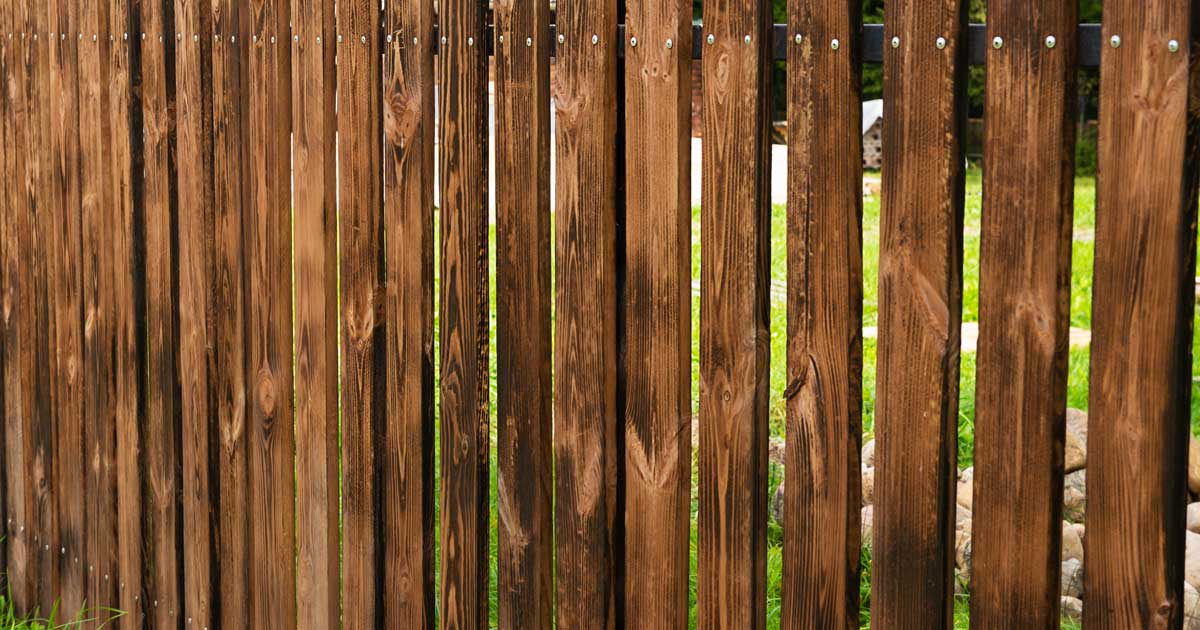The Ultimate Guide To Living Fence Installation

Table of Contents
Planning Your Living Fence Installation
Before you even pick up a shovel, careful planning is crucial for a successful living fence installation. This involves choosing the right plants, preparing the site, and obtaining any necessary permits.
Choosing the Right Plants
Plant selection is paramount for a thriving living fence. Consider these factors:
- Climate and Soil Conditions: Research plants that thrive in your specific climate and soil type. A soil test will reveal crucial information about pH levels and nutrient content, guiding your plant choices. Consider if your area experiences harsh winters or extreme summer heat.
- Fast-Growing and Hardy Species: Opt for species known for their rapid growth and resilience in your region. Popular choices include Leyland Cypress, Arborvitae, Privet, and Holly. Research the mature height and spread of your chosen species to ensure they fit your design.
- Disease Resistance and Pest Susceptibility: Choose disease-resistant varieties to minimize future maintenance and protect your investment. Research common pests in your area and select plants known for their resistance.
- Desired Height and Density: Determine the height and density you want your living fence to achieve. This will influence plant spacing and the number of plants needed. Consider whether you want a solid screen or a more open, lacy look.
- Evergreen vs. Deciduous: Evergreen plants offer year-round screening, while deciduous plants provide seasonal color changes and may allow more sunlight penetration in winter.
Site Preparation for Living Fence Installation
Proper site preparation is vital for healthy plant growth. This involves:
- Clearing the Area: Remove all debris, rocks, and existing vegetation from the area where the fence will be planted. This creates a clean, level surface for planting.
- Soil Testing: Conduct a soil test to determine the pH and nutrient levels. Amend the soil as needed to improve drainage and fertility. Poor soil can significantly hinder plant growth.
- Amending the Soil: Based on your soil test results, amend the soil with compost, peat moss, or other organic matter to improve its structure and nutrient content.
- Marking the Fence Line: Use string and stakes to clearly mark the location of your future living fence. This ensures straight lines and accurate plant spacing.
- Sun Exposure and Water Requirements: Consider the sun exposure and water requirements of your chosen plants. Select a location that meets their needs.
Obtaining Necessary Permits and Approvals
Before starting your living fence installation, check local regulations:
- Local Regulations and Zoning Laws: Research local regulations concerning fence height, plant types, and setbacks from property lines.
- Secure Necessary Permits: Obtain all necessary permits from your local authorities before beginning the installation process. This prevents potential fines and delays.
- HOA Guidelines: If you live in a community with a homeowner's association (HOA), review their guidelines regarding fencing and landscaping.
The Living Fence Installation Process
The actual installation process involves several key steps:
Digging the Trench
Prepare the trench carefully:
- Appropriate Depth and Width: Dig a trench of appropriate depth and width for the chosen plants, ensuring adequate space for root development. Check the plant's packaging for specific planting depth recommendations.
- Proper Spacing: Maintain proper spacing between plants as per the plant's specifications to allow for optimal growth and prevent overcrowding.
- Soil Amendment in the Trench: Adding compost or other organic matter to the trench will improve soil quality directly around the plant's roots.
Planting the Plants
Careful planting is essential for success:
- Gently Remove Plants: Carefully remove plants from their containers, avoiding damage to the roots.
- Loosen the Roots: Gently loosen the roots to encourage healthy growth and prevent rootbound plants.
- Correct Planting Depth: Place plants in the trench at the correct depth, ensuring the top of the root ball is level with the ground.
- Backfill and Firm the Soil: Backfill the trench with soil, ensuring firm contact around the roots to eliminate air pockets.
- Thorough Watering: Water thoroughly after planting to settle the soil and hydrate the plants.
Post-Installation Care
Providing proper aftercare is crucial:
- Regular Watering: Water regularly, especially during dry spells, to ensure adequate moisture for healthy root development.
- Mulching: Apply a layer of mulch around the plants to retain moisture, suppress weeds, and regulate soil temperature.
- Fertilizing: Fertilize as needed based on your soil test results and plant requirements.
- Pruning: Prune regularly to maintain the desired shape, density, and overall health of your living fence.
Maintaining Your Living Fence
Ongoing maintenance is essential to keep your living fence thriving:
Regular Pruning and Trimming
Regular pruning is key to maintaining the shape, density, and health of your living fence. Learn about different pruning techniques – hedging, shaping, and thinning – to achieve your desired aesthetic.
Pest and Disease Control
Regularly inspect your living fence for signs of pests or diseases. Early detection and treatment are crucial to prevent widespread damage.
Watering and Fertilizing
Consistent watering, particularly during dry periods, is vital. Supplement with fertilizer as needed to support healthy growth and vibrancy.
Winter Protection
Depending on your climate and plant choices, consider providing winter protection, such as wrapping or covering, to shield your living fence from harsh weather conditions.
Conclusion
Creating a beautiful and functional living fence is a rewarding project that enhances your property's curb appeal and provides many years of enjoyment. By carefully planning your living fence installation, choosing the right plants, and diligently maintaining your fence, you can create a stunning natural boundary that adds value and beauty to your landscape. Remember to always research your local climate, soil conditions, and regulations before starting your project. Start planning your dream living fence installation today!

Featured Posts
-
 Pccs Reimagined Downtown Location Now Open
May 29, 2025
Pccs Reimagined Downtown Location Now Open
May 29, 2025 -
 Jason Isaacs On Post Harry Potter Legacy Fears Of Being Forgotten
May 29, 2025
Jason Isaacs On Post Harry Potter Legacy Fears Of Being Forgotten
May 29, 2025 -
 Space Xs April 7th Starlink Launch 27 Satellites Added To Constellation
May 29, 2025
Space Xs April 7th Starlink Launch 27 Satellites Added To Constellation
May 29, 2025 -
 Pokemon Tcg Pocket Codes How To Find And Redeem Them
May 29, 2025
Pokemon Tcg Pocket Codes How To Find And Redeem Them
May 29, 2025 -
 Pccs Downtown Corner Market Reimagined And Reopened
May 29, 2025
Pccs Downtown Corner Market Reimagined And Reopened
May 29, 2025
Latest Posts
-
 Ticketmaster Vista Previa Virtual De Asientos
May 30, 2025
Ticketmaster Vista Previa Virtual De Asientos
May 30, 2025 -
 Grab R45 000 Off On Kawasaki Ninja Motorcycles
May 30, 2025
Grab R45 000 Off On Kawasaki Ninja Motorcycles
May 30, 2025 -
 Mengapa Membeli Kawasaki Z900 Dan Z900 Se Di Indonesia Lebih Hemat
May 30, 2025
Mengapa Membeli Kawasaki Z900 Dan Z900 Se Di Indonesia Lebih Hemat
May 30, 2025 -
 Kawasaki Ninja Sale R45 000 Discount
May 30, 2025
Kawasaki Ninja Sale R45 000 Discount
May 30, 2025 -
 Analisis Harga Jual Kawasaki Z900 Dan Z900 Se Di Pasar Indonesia
May 30, 2025
Analisis Harga Jual Kawasaki Z900 Dan Z900 Se Di Pasar Indonesia
May 30, 2025
